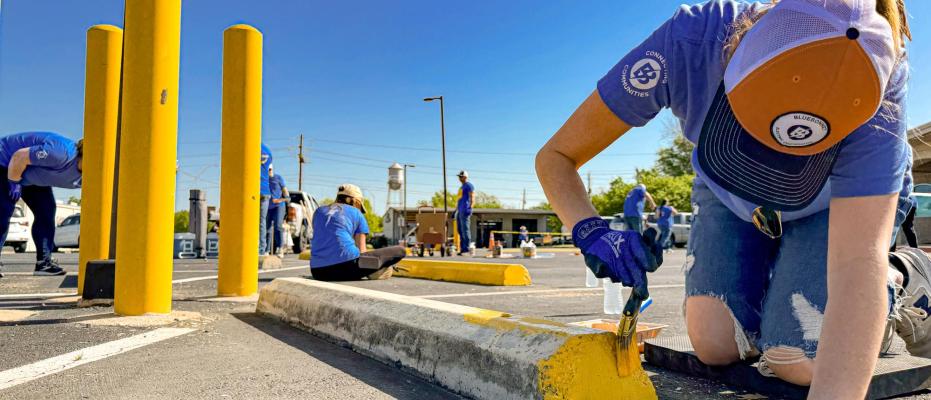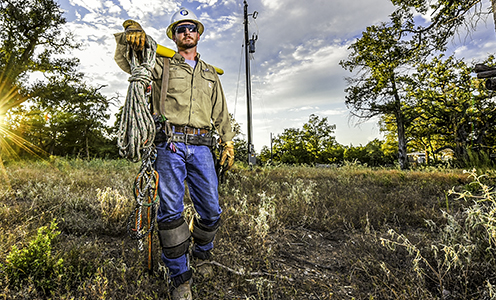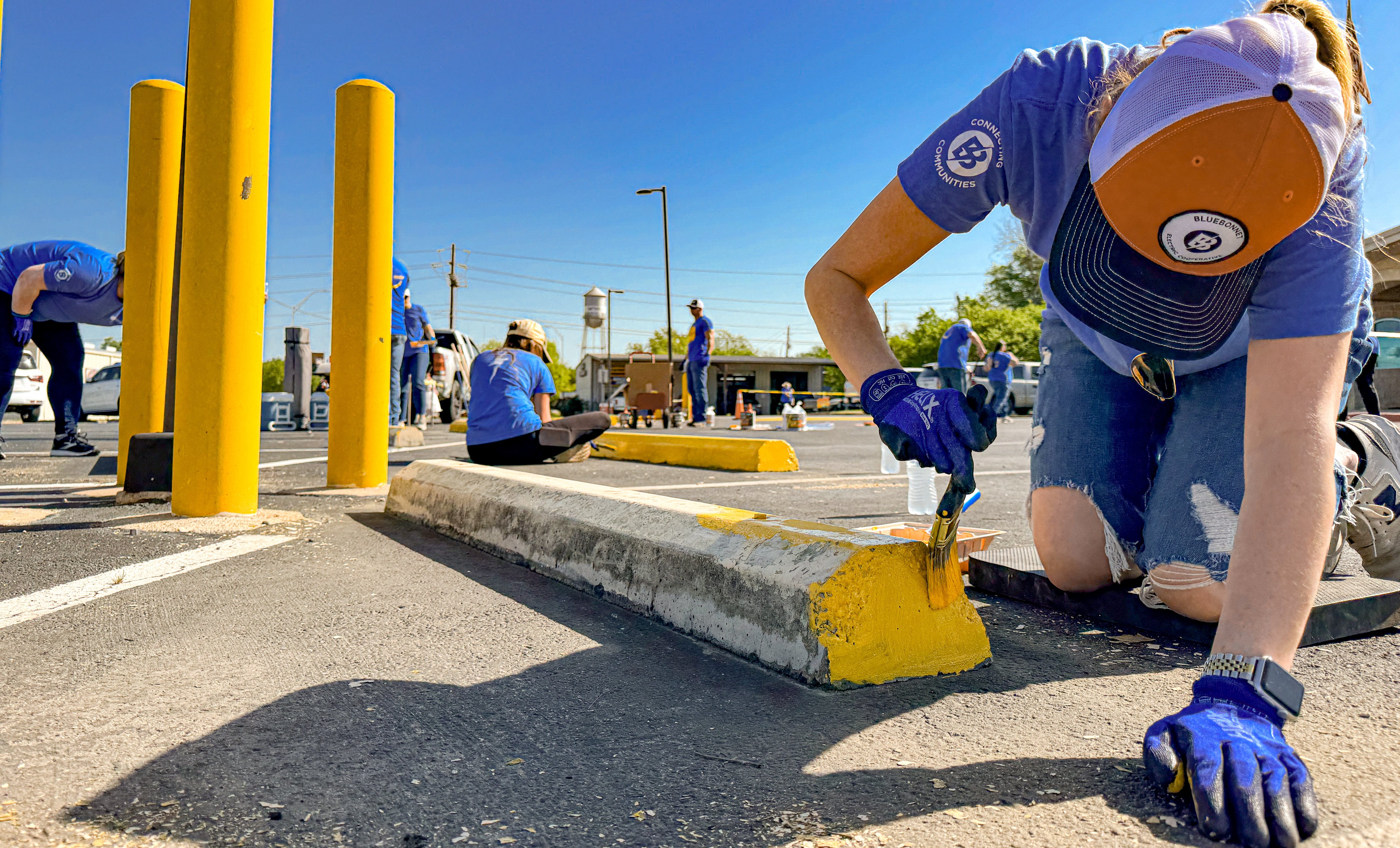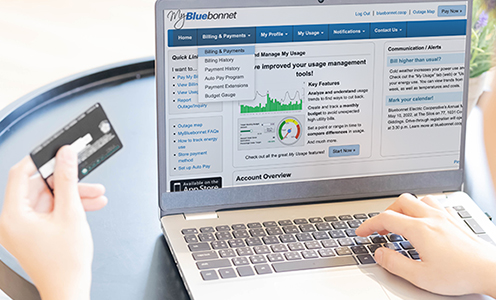We’re your neighbors
We live here. We work here. From volunteer events to storm recovery, our crews and staff are the familiar faces you see every day. Giving back to the communities we serve — it’s our shared mission.





